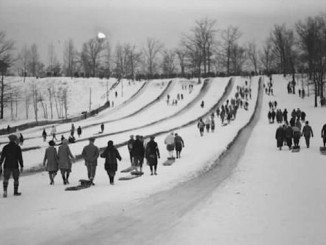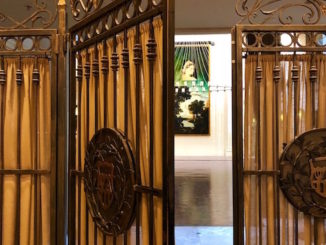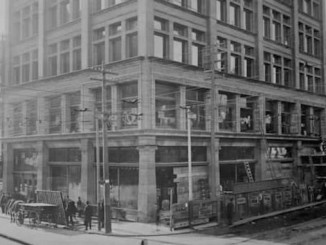It has been over 50 years of diplomatic relations between Canada and Korea. The immigration of Koreans to Canada began at about the same time as those diplomatic relations, and Toronto was a key landing point. The story of that migration, and its role in shaping this city, is a fascinating one. Ins Choi, the playwright of “Kim’s Convenience”, referred to Korean immigration in Toronto in a NOW magazine interview in 2011, saying that “the story of Korean immigration in Toronto melds the church and the store […] they’re like the mother and father of the Korean community.”
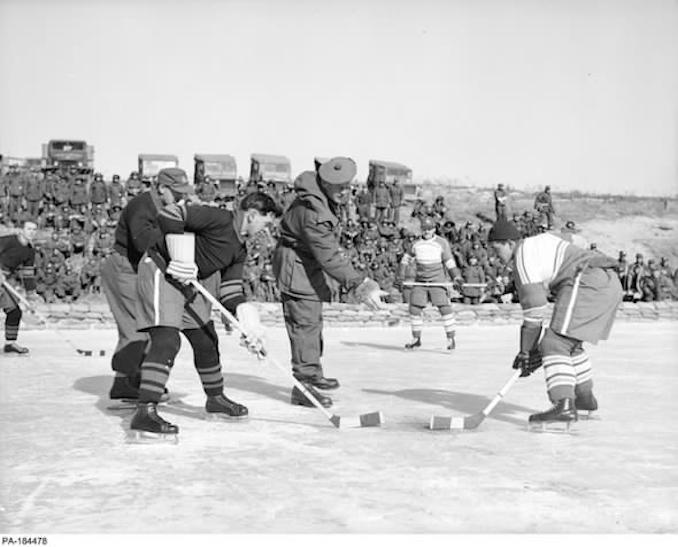
The story of Toronto’s Korean community weaves back to the history of Canadian religious missions to Korea, led by Canada’s largest religious and cultural institutions, the United Church of Canada and the Presbyterian Church of Canada. The formation of the first Canadian Christian missions in Korea after a period of war and unrest established the foundation for the eventual migration of Koreans to Canada. The first half of the twentieth century proved largely unstable for the Korean people due to the Japanese occupation from 1910 to 1945 and then World War II. The Canadian missionaries were viewed as a source of stability during this time.
Several years after the end of World War II, a mission-sponsored student became the first permanent Korean immigrant in Canada. Many other students followed in his footsteps. In addition to these students, a small number of independent immigrants from Korea made their way to Toronto by the 1960s who were, directly or indirectly, missionary connected people. The mass Korean immigration to Canada in the late 1960s and early 1970s was encouraged and initiated by this early group of Korean immigrants who were referred to as “the Canadian Christians.” In 1966, about one hundred Koreans had settled in the Toronto area, but a year later the community had more than doubled in size; this was the largest group of Koreans in Canada at the time. The Alpha Korean United Church was formed in 1967, and became a key centre of community and faith.
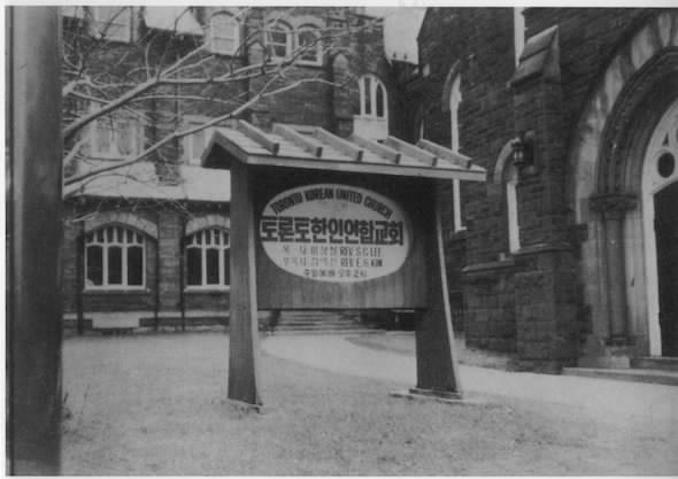
This earlier community had its origin in the missionary experience, but the later mass migration included Koreans of a broader range of backgrounds. The president of the Korean Canadian Association of Toronto estimated that around ten thousand Koreans lived in the Toronto area in 1975. The emergence of a visible Korean neighbourhood on Bloor can be traced back to approximately this same time period.
Entrepreneurship has been a fundamental element of the Korean immigrant experience in Canada, and there is no better example of Korean entrepreneurship than that of the Korean grocery and convenience store. In 1993, the Toronto Historical Board wrote that “today more than 1000 corner stores in Toronto are operated by Koreans”. As of the 2006 census, Canadians of Korean descent remained more likely to be involved in retail services than the general population; 17% of the Korean labour force in Canada was involved in retail trade as of the 2006 census, in comparison to 11% of the general population. In 2011, the relationship between Koreans and cornerstores was turned into a popular play by Ins Choi. Called “Kim’s Convenience” the play premiered at the Toronto Fringe Festival, and told the story of a Korean family dealing with the struggles associated with operating a convenience store, including Mr. Kim’s desire for his children to take over the store when he can no longer operate it. The typical Korean store is a family enterprise, with the entire family working to maintain it. Many of these stores are open year-round and at least twelve hours a day as well.
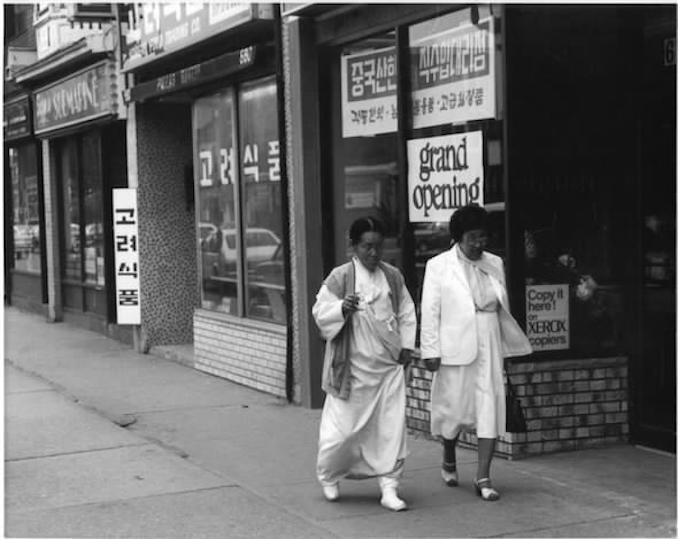
The church and the store are only two elements of the unique Korean immigrant experience in Toronto. There are so many different aspects to the story of the Korean community in Toronto, especially around the area on Bloor between Bathurst and Christie that is called Korea Town.
Article by Nicole Wetmore

Heritage Toronto is a charitable arms-length agency of the City of Toronto established in 1949 to promote a greater appreciation for the city’s rich architectural, cultural, archaeological and natural heritage. Through partnerships with local community groups and volunteers, Heritage Toronto provides city-wide programs and services.


